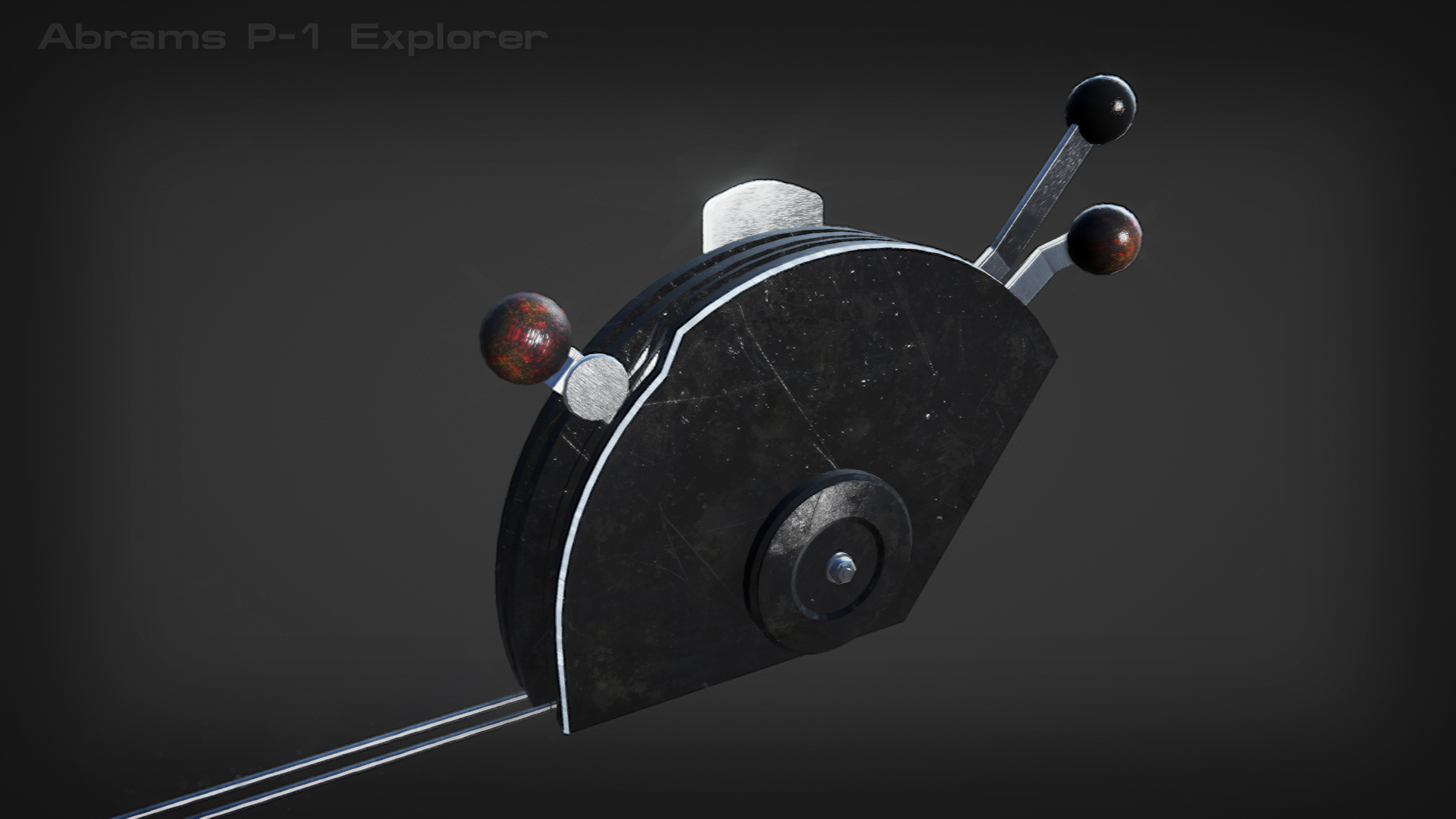Physically Based Rendering.
PBR is a more efficient workflow and file "stacking" modality that makes much better use of rendering engine resources in many simulations and games. It requires less texture files to convey more information to the simulation, thus improving performance.
Modeling in PBR lets developers use programs like Quixel that create a 3D workspace inside Photoshop. An object can be painted, shadowed, bump mapped, specular mapped, occlusion mapped in real time, and in three dimensions. The brushes will go around corners and align various UVW maps, which may not be in proximity to each other on a texture sheet. Brush strokes will always meet up perfectly.
PBR programs will output the art into formats that are compatible with many games. P3D is not one of them. The challenge at the moment is to efficiently render the texture layers from PBR programs into a "stack" that FSX/P3D can interpret. Some of us are working on that as we speak.
One great thing about PBR is that bump mapping is much more flexible and artistic. Bump hardness, smoothness, edge resolution and a thousand other variables are completely flexible. If you want fasteners to display with harder edges than rivets, it is a simple brush adjustment in the PBR software. Skin wrinkles or fabric textures can be brushed in where you need them. The 3D interface can be set up with nearly unlimited display variables that let you see the work in real time, as you paint. It's awesome.
Because PBR is so radically different, and doesn't realistically apply for FSX or even 32-bit P3D, the need for a P3Dv4 or PBR specific threads become more and more relevant. Either or both would be extremely educational and entertaining, even for simmers who have no interest in development.
Hope that all makes sense Butch.
 Abrams P-1 Explorer Throttle in PBR
Abrams P-1 Explorer Throttle in PBR





